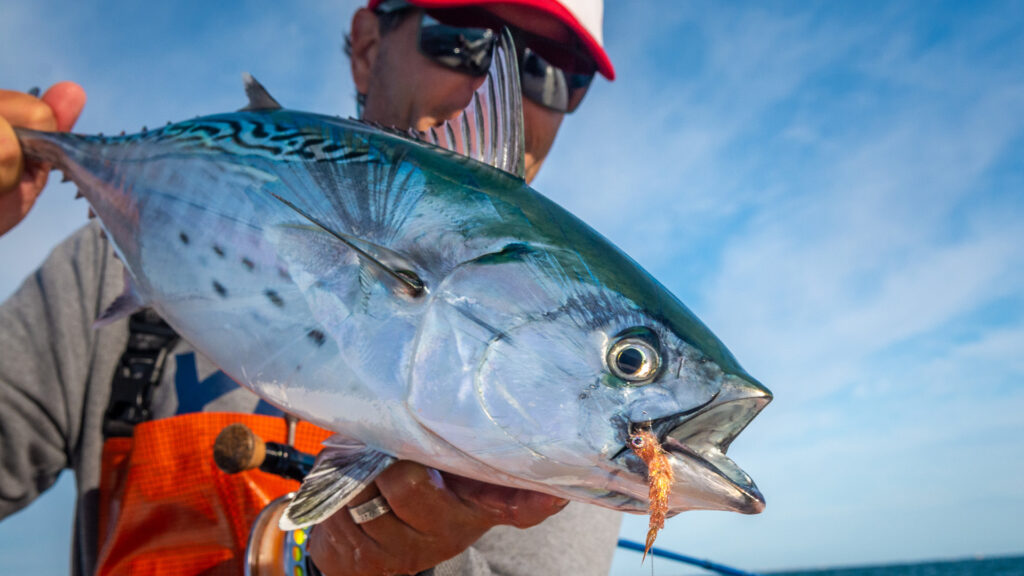I’ve never caught a bonefish. It’s on my bucket list, but the tropics may have to wait a few months. Fortunately, I’ve got a freshwater option close to home.
Carp.
They’re just as wily as a bone. And pound for pound they fight just as hard. And they’re cheaper. Many freshwater ponds, lakes and rivers in the continental U.S. have carp. There’s no need for a week-long trip to the Bahamas.
Once summer arrives and the water warms, it’s easy to take a break from trophy trout for carpin’. To develop a firm game plan, I turned to TFO advisor Bob Clouser, who touched on a few basics during a phone interview after taking a break from shoveling snow at his Pennsylvania home.
Patience
Carp are not easy to catch. They don’t always eat and when they’re willing to eat, they can be super spooky. Even if you make the right cast with the right fly, the stars have to align for an eat. And if you do hook up, landing one is not a given. Be prepared for a lot of trial and error along the way.
Required Skills
You need to make long casts. Forty feet will do. Sixty is better. However, distance is just one factor. Accuracy matters, too. Ideally, you want to put the fly in front of the fish and let your quarry find it, preferably near the bottom since carp like to forage in the muck.
“You don’t need to work the fly at all,” Clouser said. “You have to observe the carp and watch his lips. When they’re mudding, it’s hard to see their face. You can see their lips when they’re open. It has kind of a chartreuse look to it. It’s hard to see. There’s a saying, ‘When the light goes out, you set the hook.’ If you hesitate at all, he’ll spit that fly out. They don’t run off with it. It’s a different type sport to catch that fish.”
Reading the Fish
In trout fishing, you read the water. With carp, you read the fish. The beauty of carp fishing is its reliance on sight fishing. Look at the fish. Decide if it’s interested. Carp will sun. Ignore those. Carp will cruise. Ignore the speedsters. Take a shot at the slower fish. But even that’s a long shot. If you see a tailer, that’s the fish you want. Tailers are active feeders. Ever seen a tailing red? It’s a similar scenario. Once you discern the fish’s path, make your cast count, because chances are, you won’t get a second opportunity.
“’You have to watch them, observe them and see what they’re doing before you even cast,” Clouser said. “They are so spooky. A carp has two lateral lines. Most fish only have one. A carp has two, which makes them so sensitive. I have no idea how far they can see, but they can hear over 200 yards.”
The Gear
You’ll need a fairly sturdy rod — a 9-foot, 6-to-8-weight. Leaders, in general, need to be long. A 12-footer is not too short, but you can get by with a 9-footer, if you’re a good caster.
Try the TFO Power reel to handle those long runs. The TFO Clouser or Axiom ll-X series in an 8-weight are good complements.
“It’s (Clouer rod) easy to cast and soft enough for light tippets,” Clouser said. “It won’t break your 6 and 8-pound tippets. And I fish an 8-weight. An 8-weight will handle any size fly you need.”
Carp are primarily subsurface feeders. Crayfish are a big part of their diet. A brown or black woolly booger usually will get the job done.
That said, carp can feed on topwater or just under the surface. I hooked one — briefly —- on a berry fly. South Florida grass carp, I learned, feed on streamside berries from ficus trees. The moral of the story: Fish don’t follow a rule book. They feed on what’s available.
Thoughts on fly fishing for carp? Feel free to comment on one of our social media pages.






